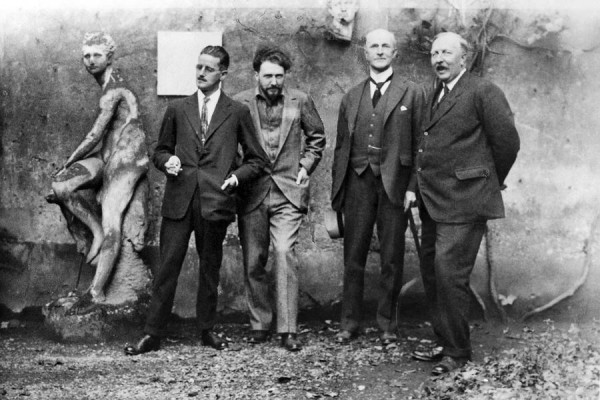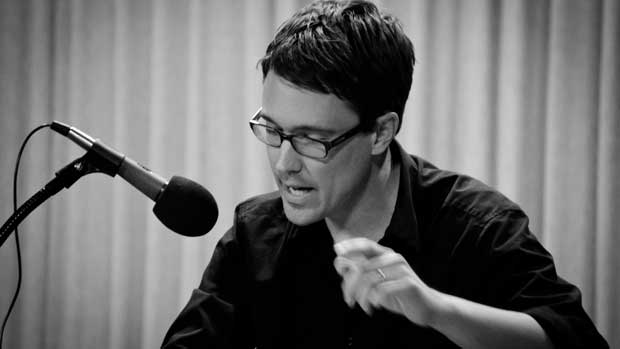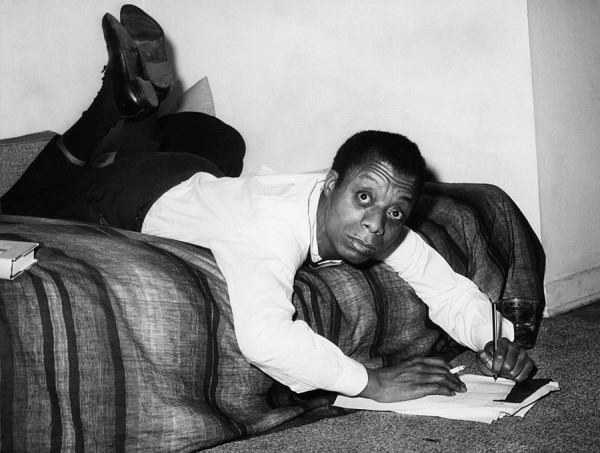The Magnet Has a Soul & Everything Is Water

How modernism is ancient by Darran Anderson.
[PDF]
‘On or about December 1910,’ Virginia Woolf wrote in her essay Mr Bennett and Mrs Brown, ‘human character changed.’ Homo modernus had emerged, like some rough but eloquent beast, in the depths of an English winter. Woolf’s perspective of the birth of modernism was subjective of course and the date has been continually disputed. In his recent study, Constellation of Genius, Kevin Jackson selected as late as 1922 as ‘Modernism Year One.’ For many, T.S. Eliot included, the industrialised threshing of an entire generation of European youths by their parents in the Great War of 1914 to 1918 fragmented the old order and created something different, either as a presence or an absence. This was supported by the appearance of dada in the wartime refuge of Zurich; being a wilfully deranged but, to paraphrase R.D. Laing, rational reaction to an insane world. Yet there were identifiable modernists before this – Apollinaire, Marinetti, Jarry – to say nothing of the forerunners of modernism: Nietzsche, Ibsen, Jean-Pierre Brisset, Conrad, Strindberg, Lautréamont, Rimbaud. What becomes clear the further back you go, is this process does not effectively come to a standstill. There is no absolute point of beginning. As a way of looking at the world and recreating it, modernism, meta-modernism, postmodernism and deconstructionism have always been with us, long before we gave them such ludicrous names.
The timing of modernism is important because of the vacuum it’s perceived to have left when it dissipated (a likewise disputed period between the World Wars). With commendable intentions, the more adventurous writers today bemoan the fall of the movement and the retreat of much of the literary community into pseudo-Victorian ways of approaching the novel. They discuss its loss with a hint of grief and the desire that it will come again, resurrected to save the day, like millenarian peasants awaiting the Messiah or Jacobites the Young Pretender. Who will save us from ourselves? A more compelling view is that modernism was not entirely obliterated in a collective loss of nerve but survived abroad, in isolated pockets, underground, or flourished in science fiction and comic books. Yet when you begin to list the writers who have reputedly kept the spirit of modernism alive, you find their number is colossal, making up the more critically acclaimed sections of contemporary literature. Indeed, the loss of confidence is not restricted to mainstream novelists. The admirable question posed by Gabriel Josipovici – What Ever Happened to Modernism? – has been answered not by polemics but by fiction. It is still there when we search for it.
Modernism didn’t disappear because it never definitively appeared. It has been part of our character since at least the earliest identifiable story, the Epic of Gilgamesh, and the trail only runs cold there because the archaeology of the written word does. It’s not a question of colonising the past and extending modernism back through the centuries. Rather, it is to merely detect what’s already there when we look back.
Speeds & Shapes of Consciousness

Evan Lavender-Smith interviewed by David Winters.
[PDF]
On the strength of two short books – each slim enough to be read in a single sitting — Evan Lavender-Smith has established himself as one of America’s leading literary artists: a writer whose work reconfigures the relations between fact and fiction, form and content, writing and reading. Not only this, but Lavender-Smith speaks as much to philosophers as to lovers of literature. His books have been copiously praised by some of the most pioneering voices in contemporary fiction (Gary Lutz, Brian Evenson, Michael Martone) and by prominent scholars of continental thought and critical theory (Clare Colebrook, John Mullarkey, and Ian Buchanan, among others). Lavender-Smith’s first book, From Old Notebooks (BlazeVox, 2010; Dzanc, 2012) presents a constellation of self-reflexive fragments — scattered thoughts on writing, thinking, and the comic chaos of family life — that combine to create a vivid, living literary meditation, reminiscent of Montaigne and David Markson. His second book, Avatar (Six Gallery Press, 2011) treads strikingly different territory: recalling Bernhard and the late works of Beckett, this grief-crazed monologue gives us a glimpse of life at its limit, stranded in space, left only with tears, stray strands of hair, and degraded memories for company. Taken together, these two texts testify to a level of intellectual and aesthetic adventurousness rarely seen in recent literature. Evan and I corresponded by email throughout September 2013, in a conversation that ranged from the legacy of modernism to the vital importance of style and form for both literary and philosophical writing.
David Winters: Forgive me for beginning with some fairly broad brushstrokes. Reading both of your books together, my first instinct is to try to make comparisons between the two. This may be a mistake on my part (I’m not sure why two texts’ shared authorship should automatically make them candidates for comparison) but perhaps there are commonalities. For instance, both books present what we could call the “rhythm of thought”. But each book is driven by a different rhythm—most rudimentarily, that of the fragment on the one hand, and the unbroken monologue on the other. So, to start with, I’m interested in how you conceive of the relationship between these two modes, and the capacity of each to reflect (or rather, produce?) “thought”…
Evan Lavender-Smith: It seems that my own thought often proceeds in one of those two ways, either in the mode of the concise fragment (e.g. “Need eggs”) or in the mode of the excessive interior monologue (e.g. “Eggs eggs Walmart today tomorrow eggs must buy them don’t forget the eggs …”). I’ve spent a lot of time trying to really think about the way I think, but I’m still not sure that I have a very good handle on it. I listen to myself think; invariably I forget what I’ve heard, so I return to the most basic questions. Do I think in words? If so, what type of syntax is involved? These are the simple, first-order questions; it gets trickier when the relationship between thought and writing is introduced. How is (or isn’t) language/writing commensurable to thought? What might a formalist representation of thought look like, in contrast to a realist representation of thought? That last question has particularly interested me, the possibility of non-realist literary forms reflecting the hidden or forgotten rhythms and syntaxes of thought. As to your point about the literary mode producing rather than merely reflecting thought, yes, of course, at a certain point it’s six of one, half a dozen of the other: I perceive my words and sentences feeding off other words and sentences in the same way I perceive my thoughts feeding off other thoughts; I intuit a certain immanence about content, as determined by form, just as I perceive a certain immanence about thought, as determined by the body. I don’t know that the language’s self-generative ability is any more marked in the fragmentary mode as it is in the monologic mode; it seems to be a fundamental feature of both modes, or of any mode in which I write, including the rambling mode of the answer to the interview question.
We are in the world of Tristram Shandy

Virginia Woolf on Laurence Sterne.
Tristram Shandy though it is Sterne’s first novel, was written at a time when many have written their twentieth, that is, when he was forty-five years old. But it bears every sign of maturity. No young writer could have dared to take such liberties with grammar and syntax and sense and propriety and the longstanding tradition of how a novel should be written. It needed a strong dose of the assurance of middle age and its indifference to censure to run such risks of shocking the lettered by the unconventionality of one’s style, and the respectable by the irregularity of one’s morals. But the risk was run and the success was prodigious. All the great, all the fastidious, were enchanted. Sterne became the idol of the town. Only in the roar of laughter and applause which greeted the book, the voice of the simple-minded public at large was to be heard protesting that it was a scandal coming from a clergyman and that the Archbishop of York ought to administer, to say the least of it, a scolding. The Archbishop, it seems, did nothing. But Sterne, however little he let it show on the surface, laid the criticism to heart. That heart too had been afflicted since the publication of Tristram Shandy. Eliza Draper, the object of his passion, had sailed to join her husband in Bombay. In his next book Sterne was determined to give effect to the change that had come over him, and to prove, not only the brilliance of his wit, but the depths of his sensibility. In his own words, “my design in it was to teach us to love the world and our fellow creatures better than we do”. It was with such motives animating him that he sat down to write that narrative of a little tour in France which he called A Sentimental Journey.


